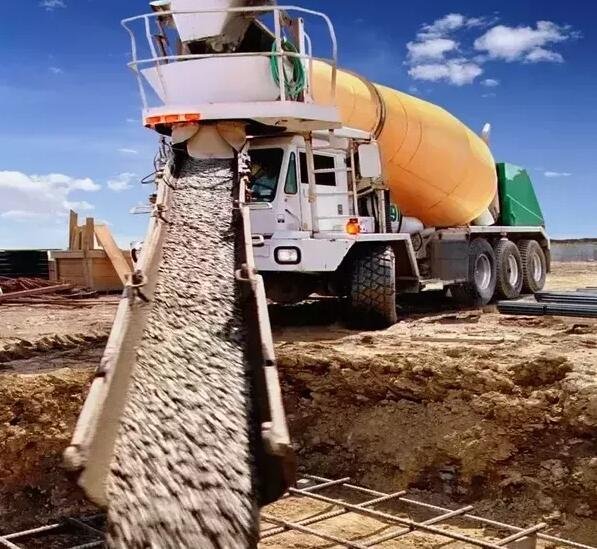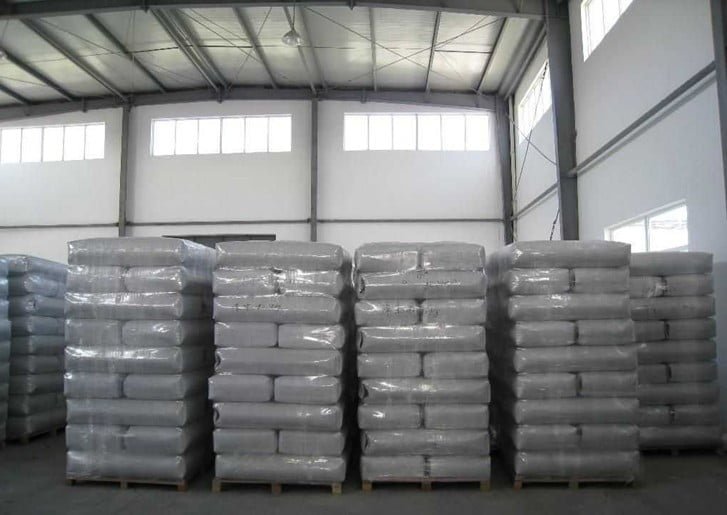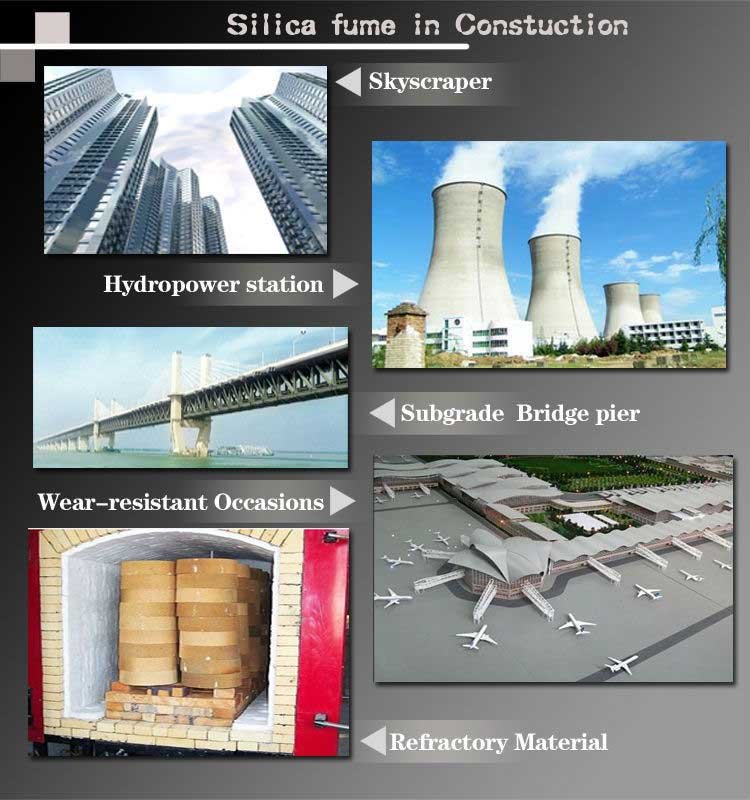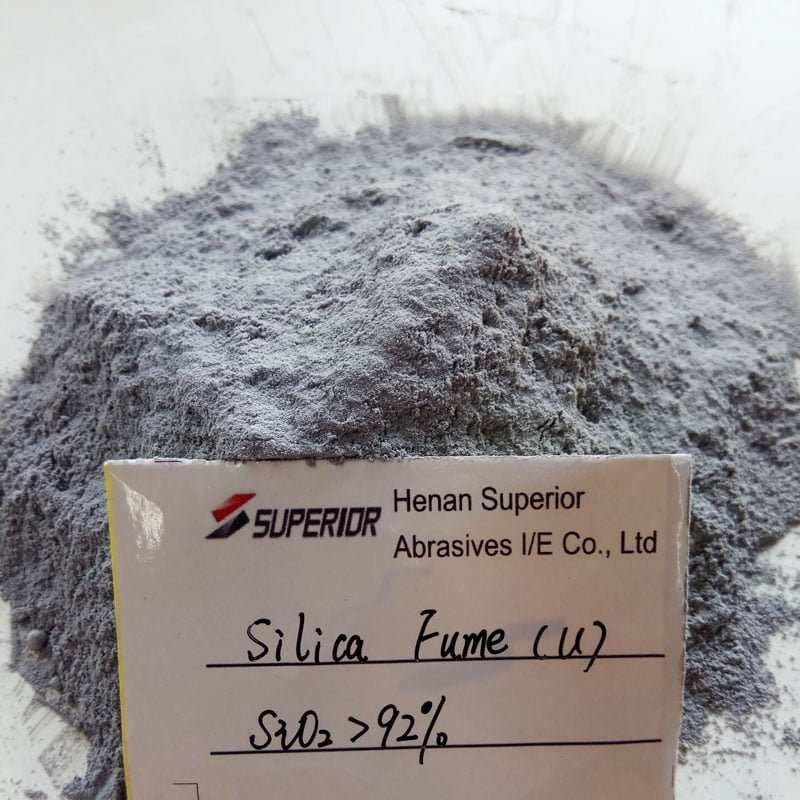 Microsilica (silica fume) is a byproduct of reduction of high purity quartz, coke and sawdust during the manufacturing process of silicon alloy and ferrosilicon. It is fine spherical particle with high amorphous silica content collected from the flue gas of electric arc furnace. The silica fume generally contains more than 90% SiO2, and most of them are amorphous silicon dioxide. The composition of microsilica varies according to the variety of the alloy.
Microsilica (silica fume) is a byproduct of reduction of high purity quartz, coke and sawdust during the manufacturing process of silicon alloy and ferrosilicon. It is fine spherical particle with high amorphous silica content collected from the flue gas of electric arc furnace. The silica fume generally contains more than 90% SiO2, and most of them are amorphous silicon dioxide. The composition of microsilica varies according to the variety of the alloy.
The main chemical composition of silica fume is amorphous amorphous silica (SiO2), which generally accounts for more than 90%. The minimum SiO2 content of silica fume commonly used in high performance concrete is 85%. The amorphous SiO2 with high fineness has high pozzolanic activity. That is, under the alkaline excitation of calcium hydroxide (Ca (OH) 2) of cement hydration product, SiO2 can react with Ca (OH) 2 rapidly, forming hydrated calcium silicate gel (C-S-H), improving the strength of concrete and improving the performance of concrete.
Silica fume can be used as supplementary cementitious material to improve the microstructure of hardened cement paste, first of all, because silica fume powder has high pozzolanic activity. Although silicon powder itself basically does not occur with water hydration, but it can occur two hydration reaction with gelation in the cement hydration products Ca(OH)2 and some other compounds stimulated; second is because the micro aggregate characteristics of silica fume, it not only can fill itself harmful pores in hardened cement paste and the hydration products can also be filled with harmful pores in hardened cement paste, so as to improve the microstructure of hardened cement paste.
Microsilica is used in concrete.
When it is used in concrete, it acts as a filler and as a cementitious material. The small microsilica particles fill spaces between cement particles and between the cement past matrix and aggregate particles. Microsilica also combines with calcium hydroxide to form additional calcium hydrate through the pozzolanic reaction. Both of these actions result in a denser, stronger and less permeable material.
Application:
| 10% to 15% | High strength structural columns |
| 10% | Flat work |
| 8% to 10% | High durability / Low permeability such as bridge decks or parking structures |
| 8% to 15% | by weight of cement but as an addition not replacement |
Silica fume concrete application:
1. hydraulic resistance and abrasion resistant concrete;
2. Marine concrete;
3. high-strength concrete;
4. highway concrete;
5. shotcrete;
HOW MICROSILICA WORKS IN CONCRETE
Microsilica in concrete contributes to strength and durability two ways: as a pozzolan, microsilica provides a more uniform distribution and a greater volume of hydration products; as a filler, microsilica decreases the average size of pores in the cement paste. Used as an admixture, microsilica can improve the properties of both fresh and hardened concrete. Used as a partial replacement for cement, microsilica can substitute for energy-consuming cement without sacrifice of quality.
Addition of microsilica to a concrete mix alters the cement paste structure. The resulting paste contains more of the strong calcium-silicate hydrates and less of the weak and easily soluble calcium hydroxides than do ordinary cement pastes. Because the microsilica particles are so small they disperse among and separate the cement particles. The resulting fine, uniform matrix can give markedly higher compressive, flexural, and bond strength.
Microsilica reduces the rate of carbonation, decreases permeability to chloride ions, imparts high electrical resistivity, and has little effect on oxygen transport. Therefore, microsilica concrete can be expected to be strongly protective of reinforcement and embedments.
More technology: Microsilica in Concrete PPT




